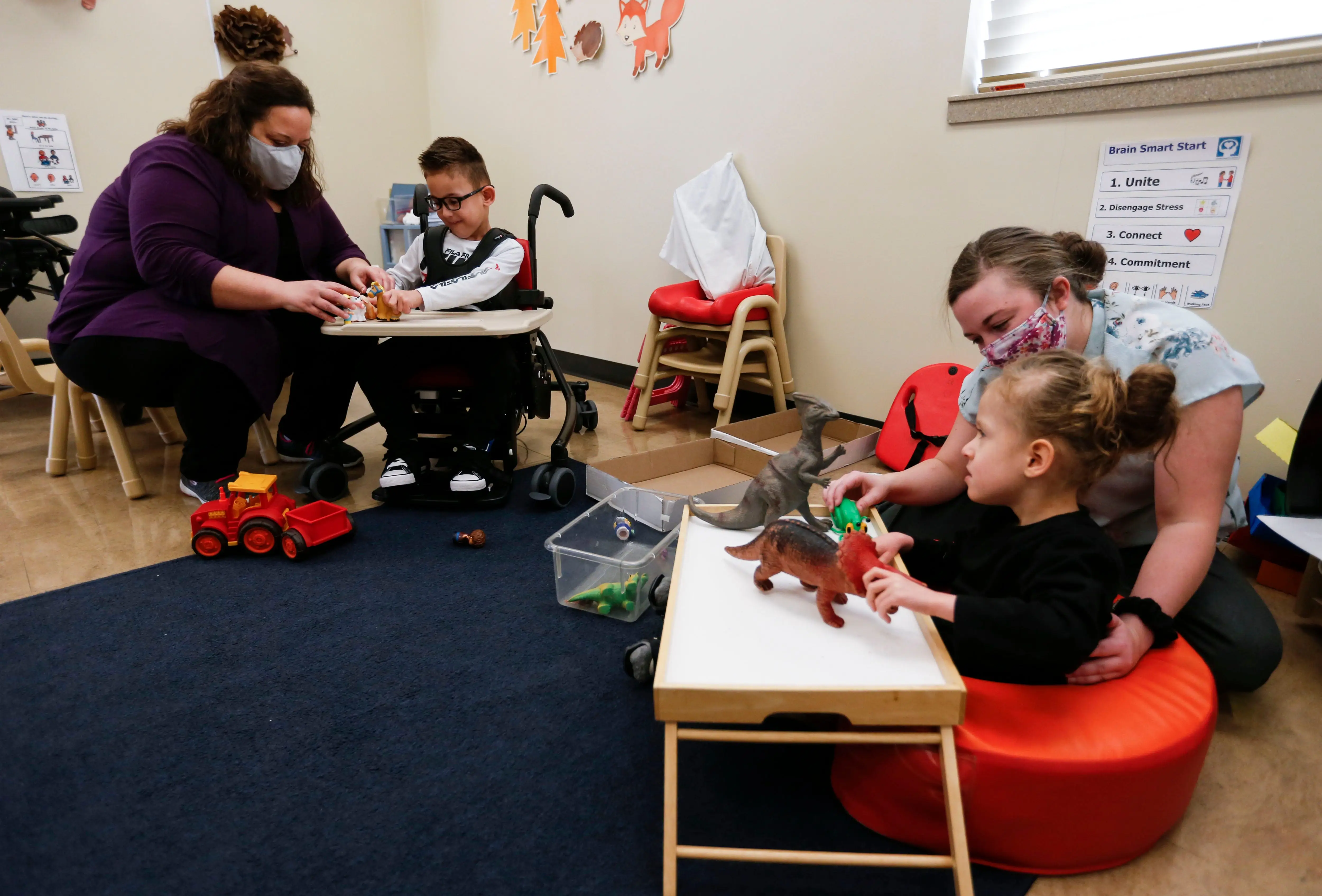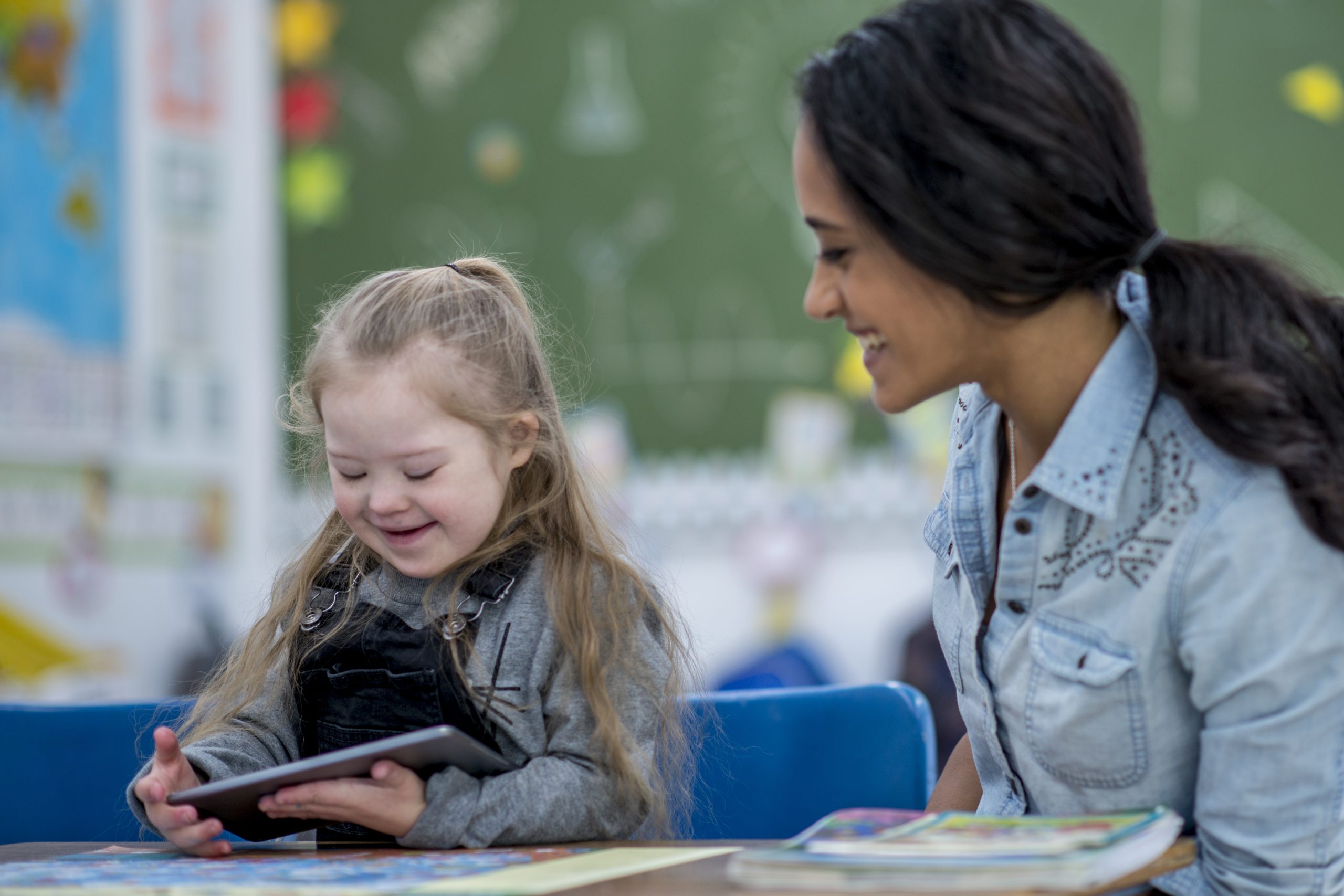Autism Spectrum Disorder (ASD) is a neurodevelopmental condition that presents a spectrum of challenges in social interaction, communication, and behavior. Understanding and addressing the unique needs of individuals with ASD are central to providing effective education and support. This article delves into the specialized approaches and support systems designed to enhance the lives of those navigating the intricacies of the autism spectrum.
Individualized Strategies:
Recognizing the diverse nature of ASD, education and support initiatives prioritize individualized strategies. Tailoring educational plans to accommodate the specific strengths and challenges of each person on the spectrum is crucial. This approach, often encompassed in Individualized Education Plans (IEPs), ensures that learning experiences are optimized for the unique profile of each individual with ASD.

Communication Enhancement:
Communication difficulties are a hallmark of ASD, and educational efforts focus on enhancing communication skills. Augmentative and alternative communication (AAC) methods, visual aids, and social communication interventions are integral components of supporting individuals with ASD in their expressive and receptive communication abilities.
Social Skills Development:
Social interaction can pose challenges for individuals with ASD. Specialized education programs emphasize social skills development through structured interventions. These may include social stories, peer modeling, and group activities designed to enhance social understanding and foster meaningful connections with others.
Sensory Integration:

Many individuals with ASD experience sensory sensitivities or seek sensory stimulation. Educational environments for those on the spectrum often incorporate sensory integration strategies, such as sensory breaks, to create an atmosphere conducive to learning and minimize sensory-related stressors.
Inclusive and Supportive Environment:
Creating an inclusive and supportive environment is paramount in the education of individuals with ASD. This involves fostering understanding among peers, promoting acceptance, and implementing anti-bullying measures. Educators and support staff play a critical role in building a culture that celebrates neurodiversity and recognizes the unique contributions of individuals with ASD.
Family Involvement:

Family involvement is a cornerstone of effective ASD education and support. Collaborative efforts between educators and families ensure a holistic approach, addressing the individual’s needs both at school and in the home environment. Regular communication, workshops, and resources for families contribute to a comprehensive support network.
Transition Planning:
As individuals with ASD transition through various life stages, specialized education includes comprehensive transition planning. This involves preparing individuals for changes in educational settings, employment, and independent living. Transition plans are tailored to the specific needs and aspirations of each individual, facilitating a smooth progression into adulthood.
Conclusion:
In conclusion, specialized education and support for individuals with Autism Spectrum Disorder are characterized by a personalized, holistic, and inclusive approach. By focusing on individual strengths, addressing communication and social challenges, creating supportive environments, involving families, and planning for transitions, we can empower individuals with ASD to lead fulfilling and meaningful lives within their unique capabilities and potential.




